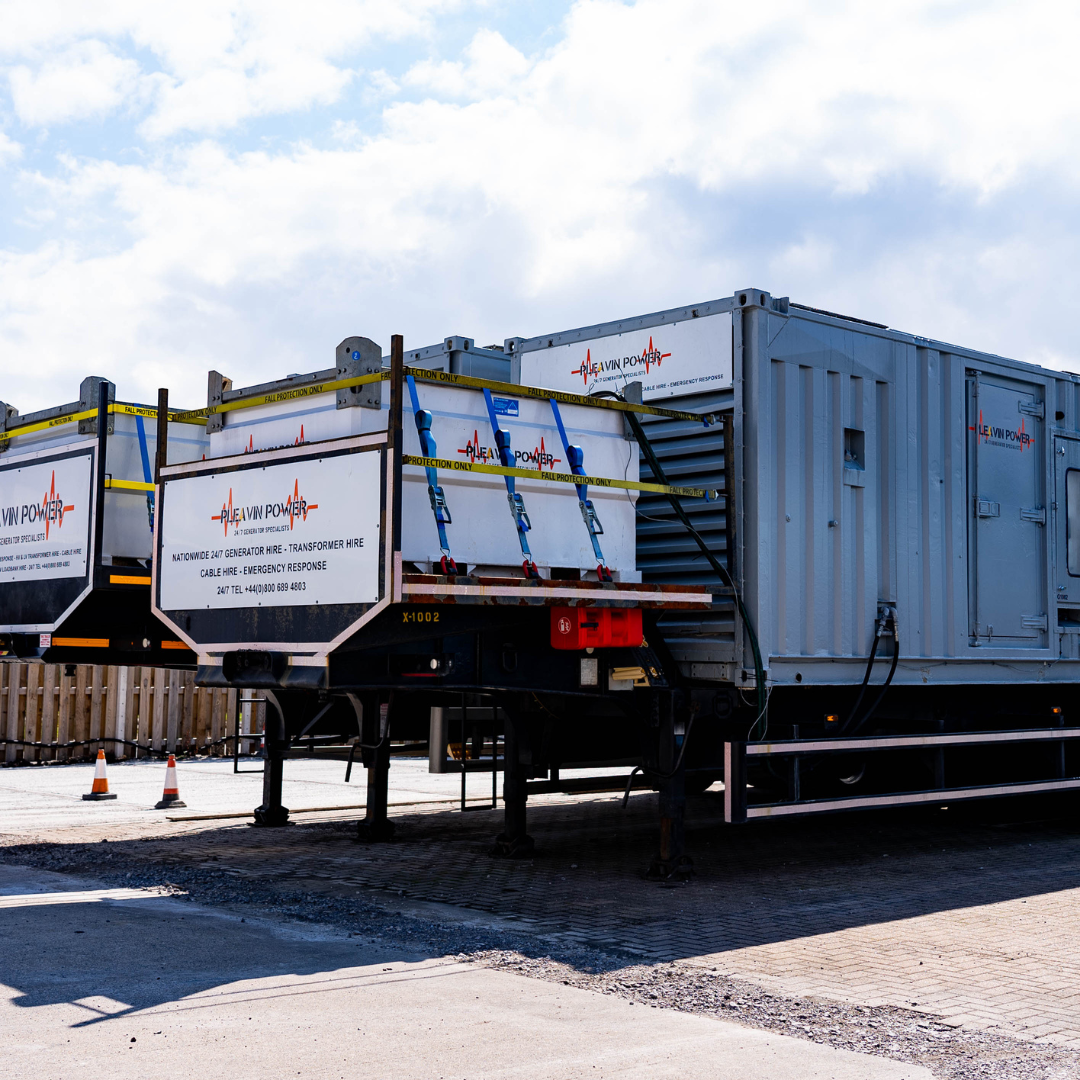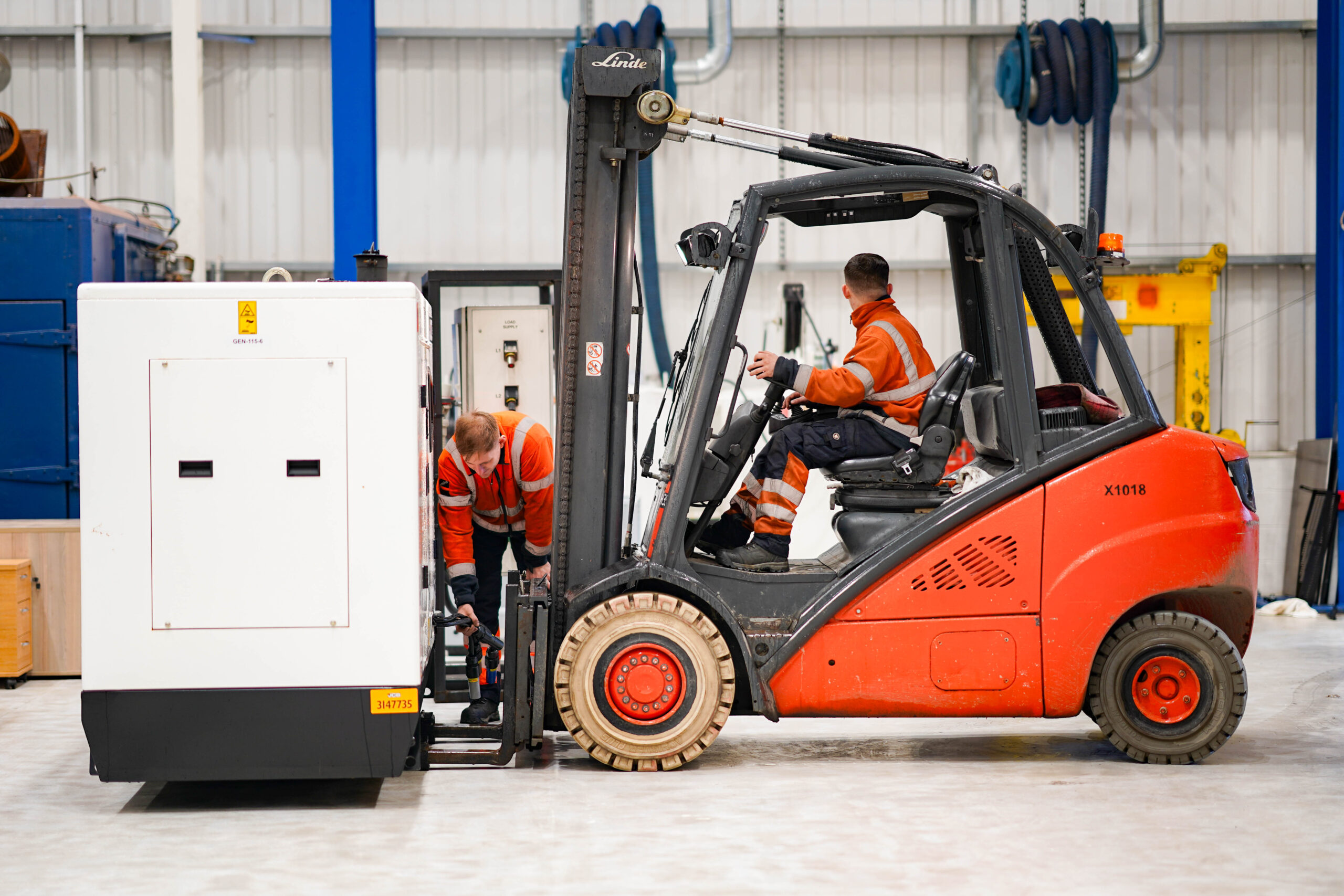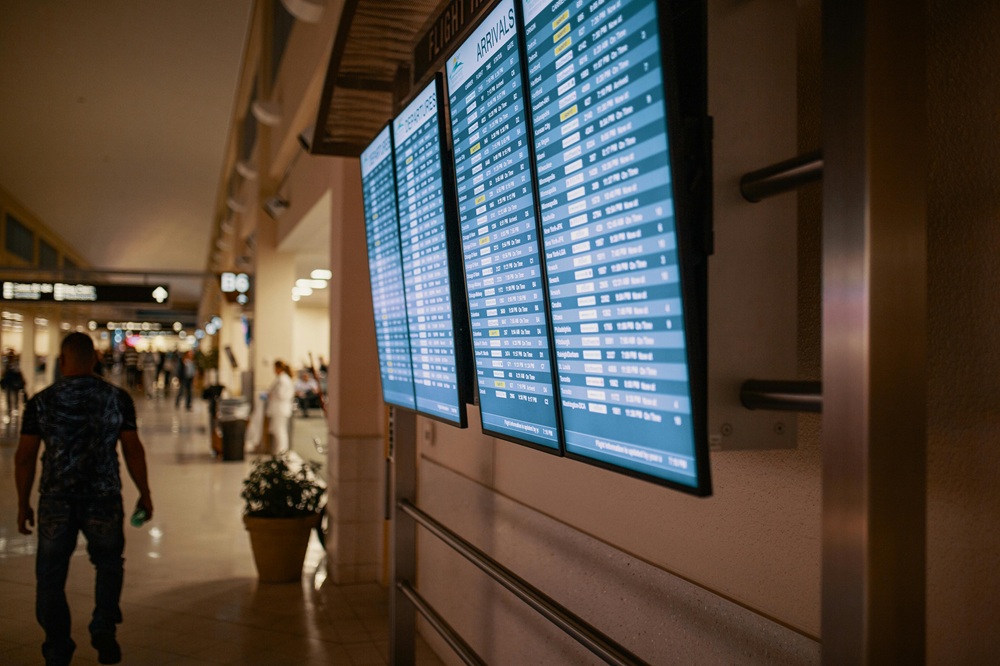A reliable, consistent source of power is essential for many sectors and businesses, but for some it’s absolutely critical. Certain facilities depend on 24/7 power, where even a minimal outage or drop in capacity could bring an entire system to a grinding halt.
Transport is one of these sectors, and particularly airports. These transport hubs have comprehensive backup power and contingency plans in place, which often includes the use of emergency generators.
The Role of Generators in Airports and Transport Hubs
Airports, major train stations and city-wide transit networks simply cannot operate safely and efficiently without continuous power. These ‘high-stakes’ environments can’t afford to suffer even a seconds or minutes-long outage.
If the power does fail, it could lead to catastrophic consequences in terms of safety and security. Operational performance is also likely to drop, and the cost of fixing problems combined with lost revenue could mean an enormous financial hit. This doesn’t only affect the transport hub operator, but all of its partners too.
This is where emergency backup power can save the day, quite literally. If you’ve ever wondered if airports have backup generators, the answer is a resounding yes. In fact, almost every airport will use them, no matter their size.
Generators and uninterruptible power supplies (UPS) are rarely used for everyday power in transport hubs, but they’re essential in case of an outage. They can provide large quantities of power to keep critical systems going until mains power can be restored.

Critical Systems That Rely on Backup Power
While all components and systems of airports and transport hubs play an important role, some are more crucial than others.
In airports in particular, the following are considered mission-critical, meaning they must be supported with backup power in case of an outage or other emergency:
- Air traffic control systems
Keeping air traffic control systems going is the number one priority during an outage, otherwise there’s a very real risk of crashes, collisions and loss of life. Without power, radar systems, communication lines and navigation tools can go offline, seriously jeopardising airspace safety.
- Security systems
Security is another top priority, as it’s essential to protect passengers and staff, and to counter national and border security risks. CCTV, scanners, biometric access systems, fire exit signage and safety lighting all require continuous electricity, which can be provided by an emergency generator.
- Baggage handling
Power loss can freeze conveyor belts and baggage tracking systems, causing massive delays and lost luggage.
- Passenger information systems
Display screens, announcement systems, ticketing kiosks and help desks all rely on power to keep passengers informed and up to date, as well as keeping them moving through the airport.
- Lighting and heating, ventilation and air conditioning (HVAC)
These are all essential for visibility, comfort and safety in all parts of the airport.
Preventing Disruption During Grid Failures
Power outages can have many causes, from localised problems within the transport hub itself through to failures with the national grid. A well-designed emergency power solution will automatically activate in response to either a local problem or grid failure. This means no interruption in power, and a seamless switch from mains to emergency power (and back again once power is restored).
This is essential for the smooth running of major transport hubs, as it means minimal disruption. Ultimately, it could make the difference between business as usual and total operational chaos.
Tailored Power Solutions for Transport Infrastructure
Mains, backup and contingency power solutions are only effective if they’re tailored to the organisation, facility or system they serve. The more complex (such as an airport, for example), the more safeguards need to be built in.For example, airports often have multi-layered backup systems: Primary grid, UPS systems for momentary power cuts or capacity drops, and backup generators for sustained outages.
Generators need to be sized and configured to suit each facility’s unique demands, and strategically located based on where they are likely to be needed.
This requires the services of a specialist, to assess, recommend and implement tailored solutions that can be depended on in a crisis.

Remote Monitoring and Emergency Support
As well as making sure the right backup power solution is installed, it’s also crucial to monitor it regularly. It’s not enough to install it and simply hope it functions as expected during an outage. Instead, a programme of proactive monitoring and maintenance should be put in place.
Many generator systems can be remotely monitored by a specialist, which provides 24/7 oversight of fuel levels, load performance and any faults. This means any issues can be predicted and addressed before they become more serious problems. This can reduce downtime and ensure the system functions exactly as it’s supposed to in an emergency situation.
Another crucial part of transport system contingency planning is emergency response. This means a team of expert technicians who can act fast during critical failures, getting systems back online as quickly as possible.
Real-Life Examples Of Power Issues In Airports
Airports are a prime example of how complicated transit systems can be, and how easily they can be disrupted. They consist of tens of thousands of power-hungry components, from critical infrastructure to small yet essential parts such as baggage carousels and display screens. If even one of these systems fails, it can have a knock-on effect on those around it. Before long, the whole system is in chaos.
This is why airports have such extensive and comprehensive contingency plans in place, to protect every part of the system. But this doesn’t mean that things don’t go wrong sometimes.
To demonstrate the importance of having a properly planned, installed and tested backup power plan, here are just a few recent real-life examples of power issues in airports:
- Frankfurt Airport suffered a partial outage in 2024 when a dormouse chewed through an electrical cable at a substation. The outage lasted several hours, but luckily happened after most flights had ended for the night.
- Heathrow Airport suffered a major power cut in 2025 due to a fire at one of its biggest substations, leading to the airport’s closure. It cost airlines up to £100 million, and the airport was criticised for its response to the emergency. It has since unveiled a major 5-point plan to strengthen its resilience.















